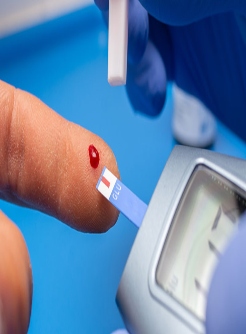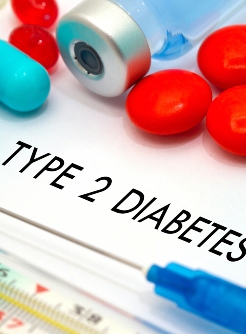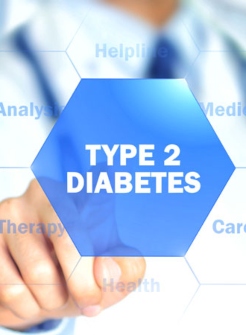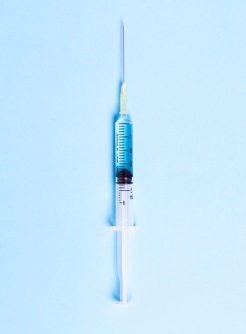Pemafibrate Significantly Reduces Triglyceride Levels in Adults with Type 2 Diabetes with No Positive Impact on CVD
A new cholesterol medication, pemafibrate, did not decrease the risk of cardiovascular events or cardiovascular disease among patients with Type 2 diabetes. However, it did significantly lower triglyceride levels by more than 25% after a 5-year follow up, according to results of data presented at the American Heart Association 2022 Scientific Sessions and simultaneously published in the New England Journal of Medicine.
Triglyceride levels are commonly measured as part of routine preventive care in the US. Due to limited data, understanding the best course of treatment for elevated triglyceride levels has been a major challenge.
Many in the scientific community believed lowering triglycerides with this medication class for this population should have worked. Traditionally, high triglycerides were an accepted marker of who’s at risk. Unfortunately, the study’s results showed no lowering of cardiovascular event rates.
The researchers conducted a multinational, double-blind randomized, controlled trial consisting of 10,497 patients with high triglycerides, low high-density lipoprotein, and Type 2 diabetes in 24 countries to study the effects of pemafibrate on cardiovascular events. Patients were randomly assigned to receive pemafibrate or placebo for 3 years, on average. Neither the researchers nor the study participants knew which group was receiving the medication or placebo.
According to the results of the study, the median baseline fasting triglyceride level was 271 mg per dl, high-density lipoprotein cholesterol level 33 mg per dl, and low-density lipoprotein cholesterol level 78 mg per dl.
The effects of pemafibrate on lipid levels at 4 months were −26.2% for triglycerides, −25.8% for very-low-density lipoprotein cholesterol, −25.6% for remnant cholesterol (cholesterol transported in triglyceride-rich lipoproteins after lipolysis and lipoprotein remodeling), −27.6% for apolipoprotein C-III, and 4.8% for apolipoprotein B, compared to placebo.
A total of 572 patients reached a primary end-point event in the pemafibrate cohort and in 560 of those in the placebo group (HR = 1.03; 95% CI, 0.91-1.15), with no apparent effect modification in any prespecified subgroup.
There was no significant difference in the overall incidence of serious adverse events between the groups. However, an association was found between pemafibrate and a higher incidence of adverse renal events and venous thromboembolism and a lower incidence of nonalcoholic fatty liver disease.
In the press release, the researchers acknowledge several limitations in the study including the lack of reductions in triglycerides or increase high-density lipoprotein levels as much as expected for patients who received pemafibrate. This is potentially due to the high proportion of statin use, according to the researchers. Additionally, Black adults were underrepresented in the study.
“We need to find another solution to this problem. This medication class is the second most commonly used group, after statins, to lower lipid levels and while the medication did not increase [cardiovascular disease] risk, the study raises new questions about the best way to treat patients with Type 2 diabetes and hypertriglyceridemia who continue to experience a high rate of cardiovascular events—1 in 10 by 3 years despite being on statin therapy and having fairly good control of [low-density lipoprotein].”
- Aruna D. Pradhan, MD, MPH, MSc, associate professor of medicine at Harvard Medical School and associate physician in the division of preventive medicine at Brigham and Women’s Hospital, Boston.
--
Reference:
Disclosures: Some authors declared financial ties to drugmakers. See full study for details.
By Dave Quaile, MD /alert Contributor
Photo Credit: Getty Images.































.jpg)
.jpg)





